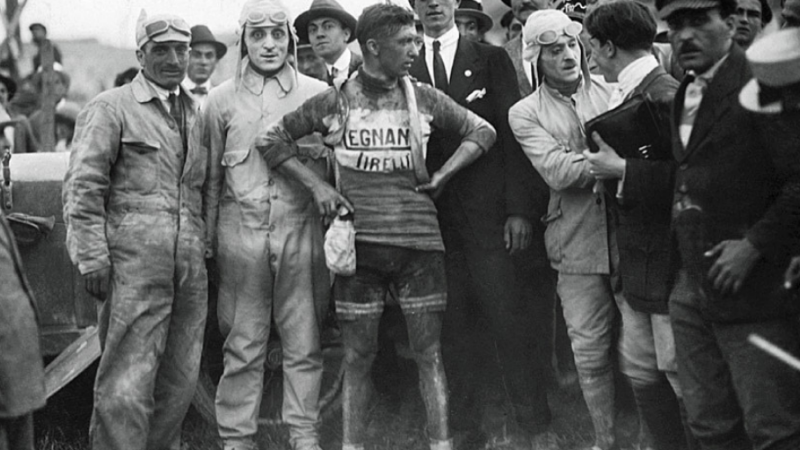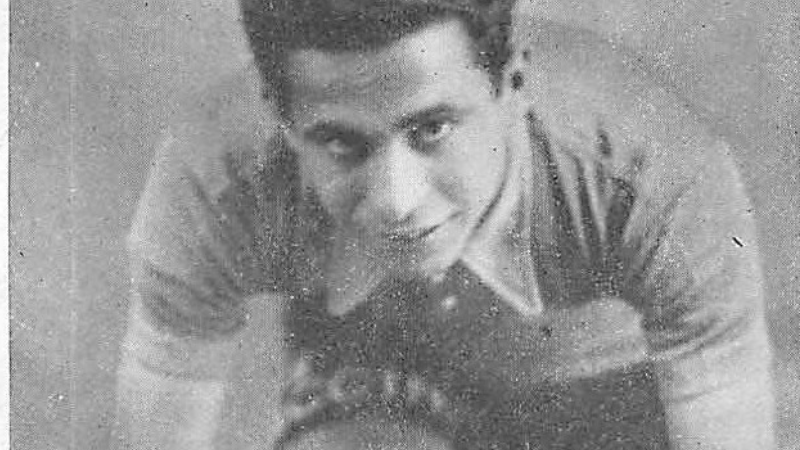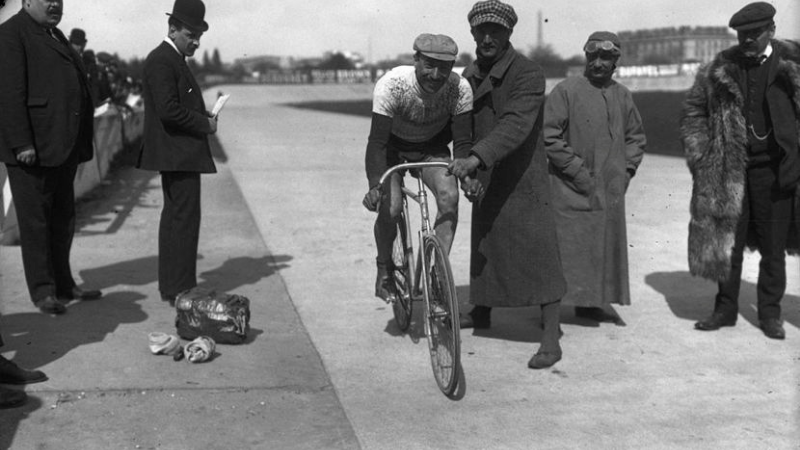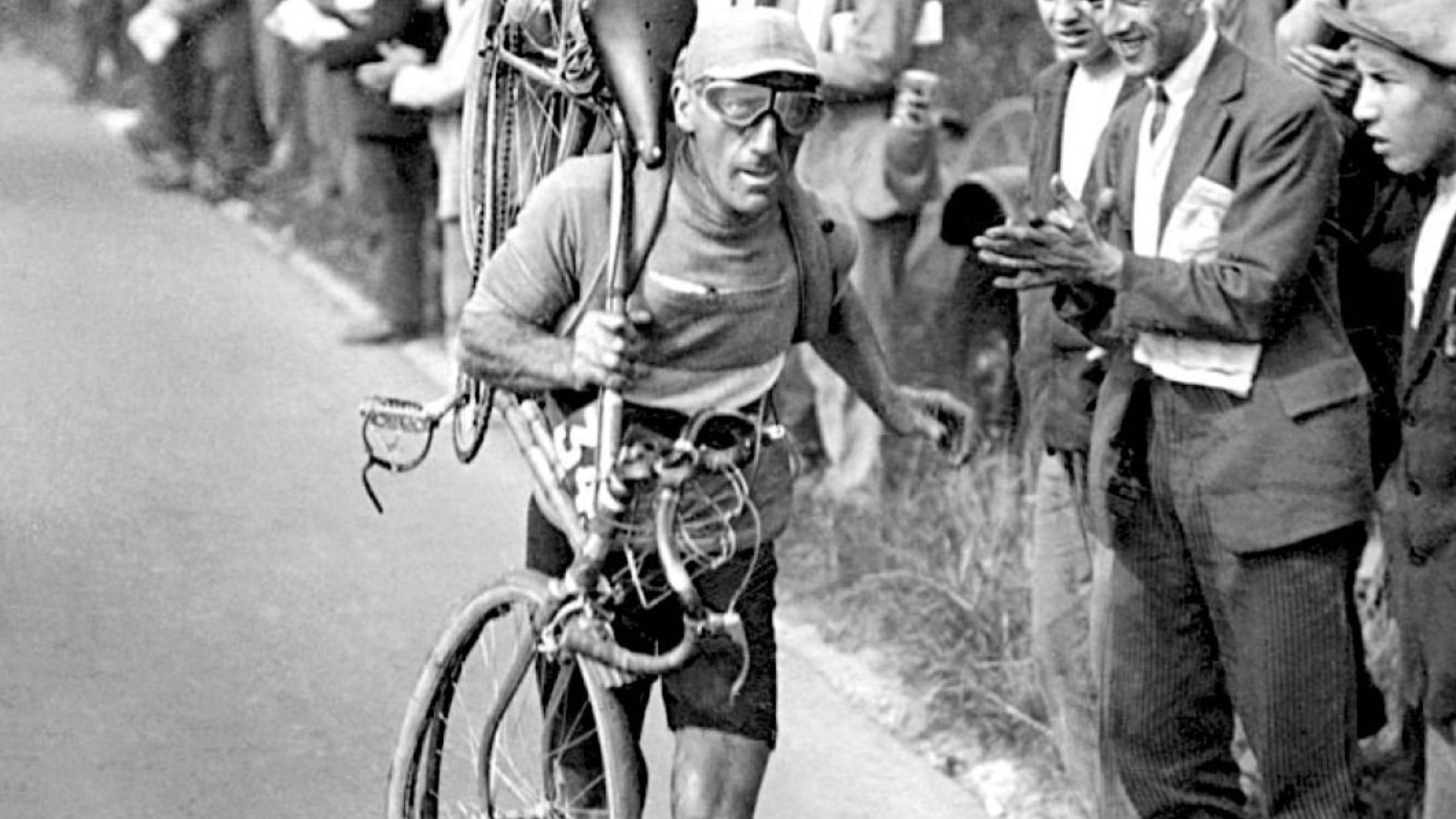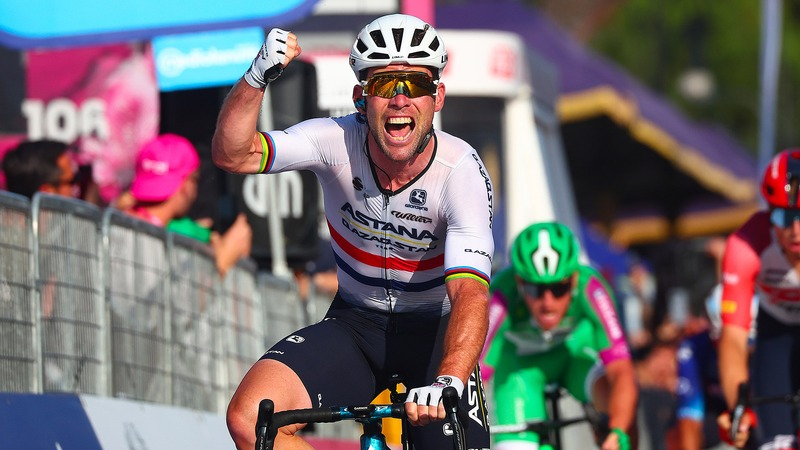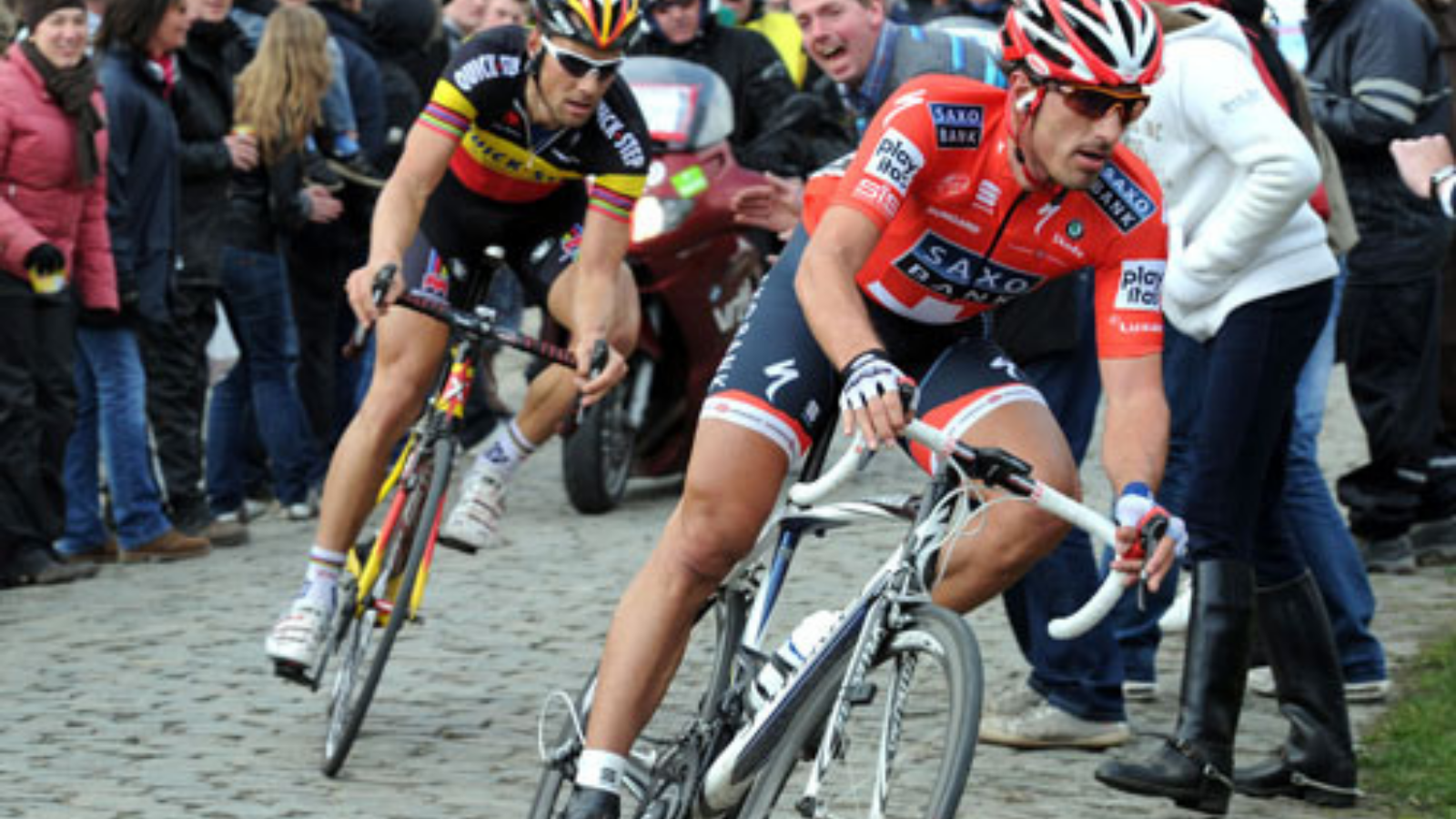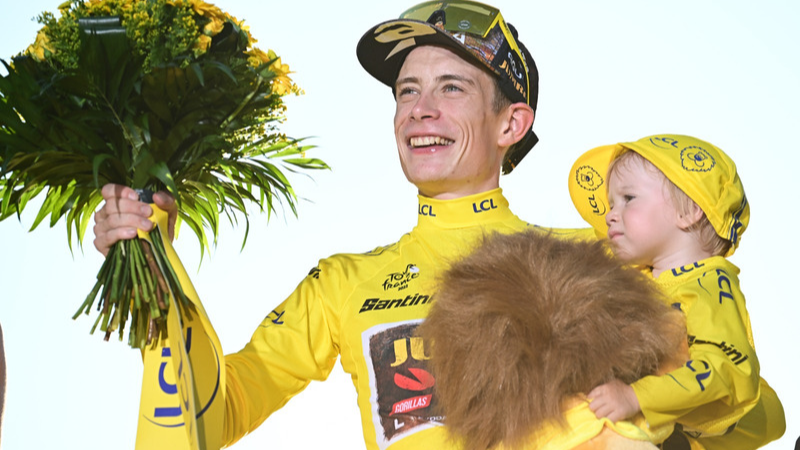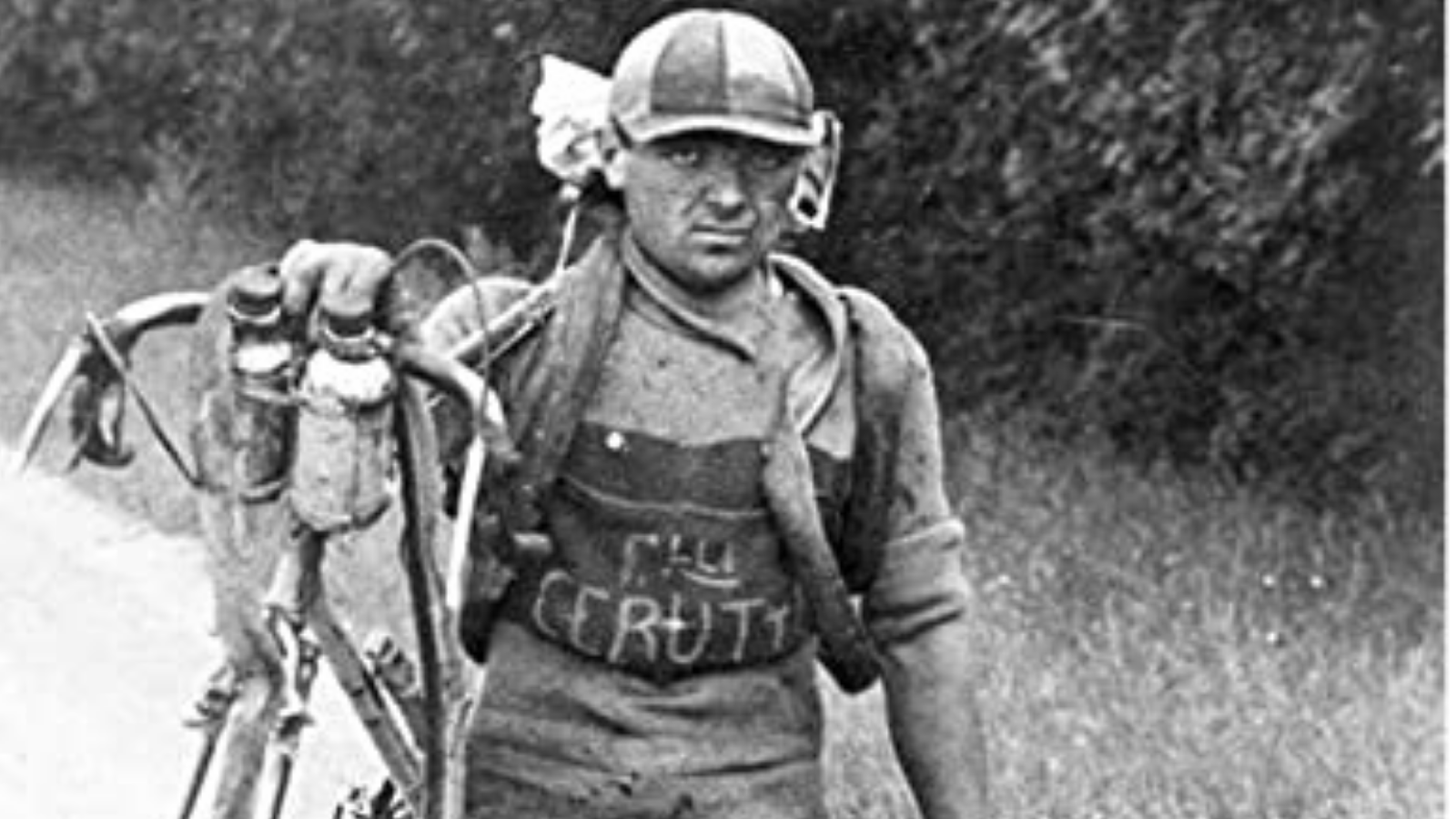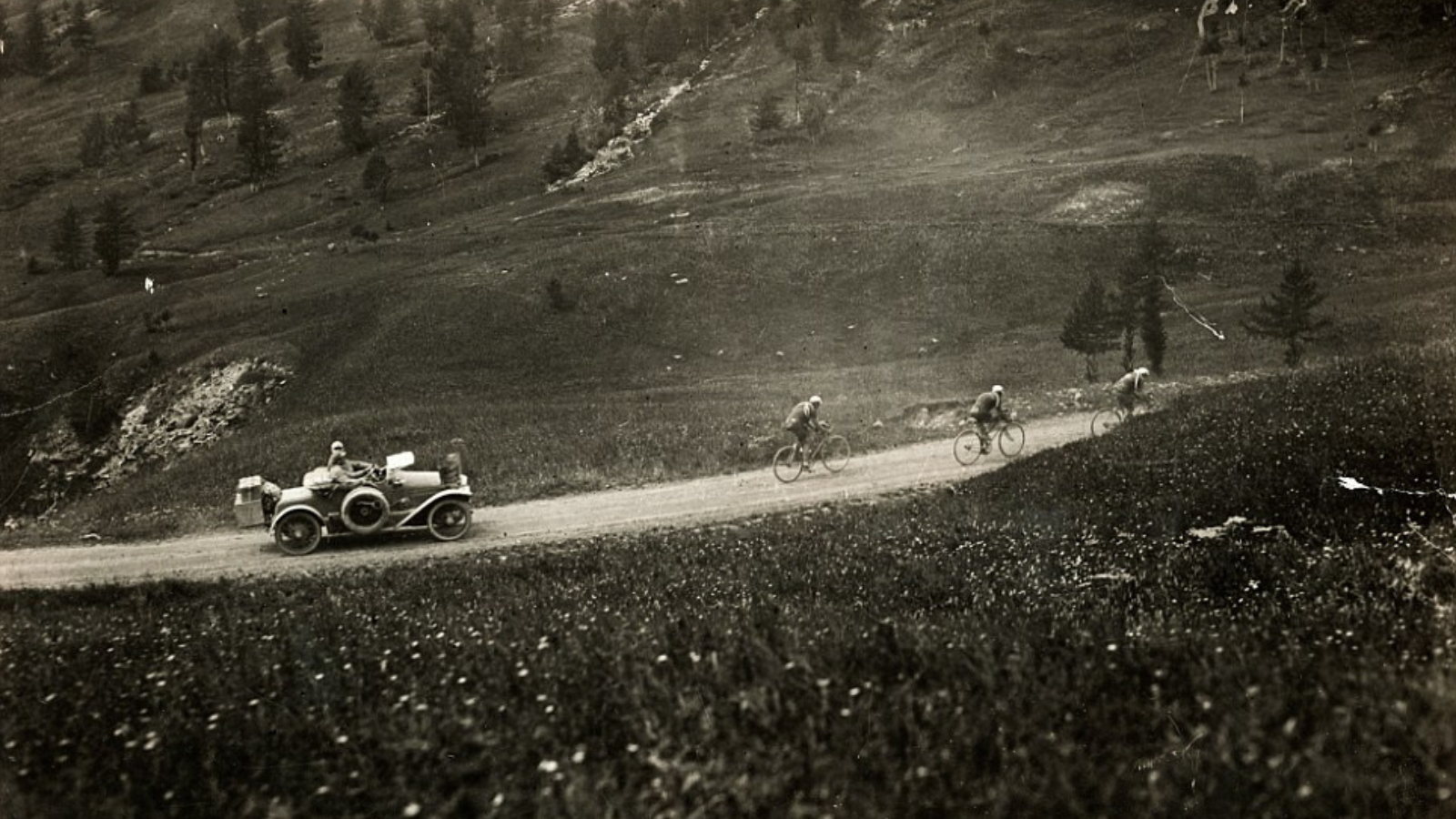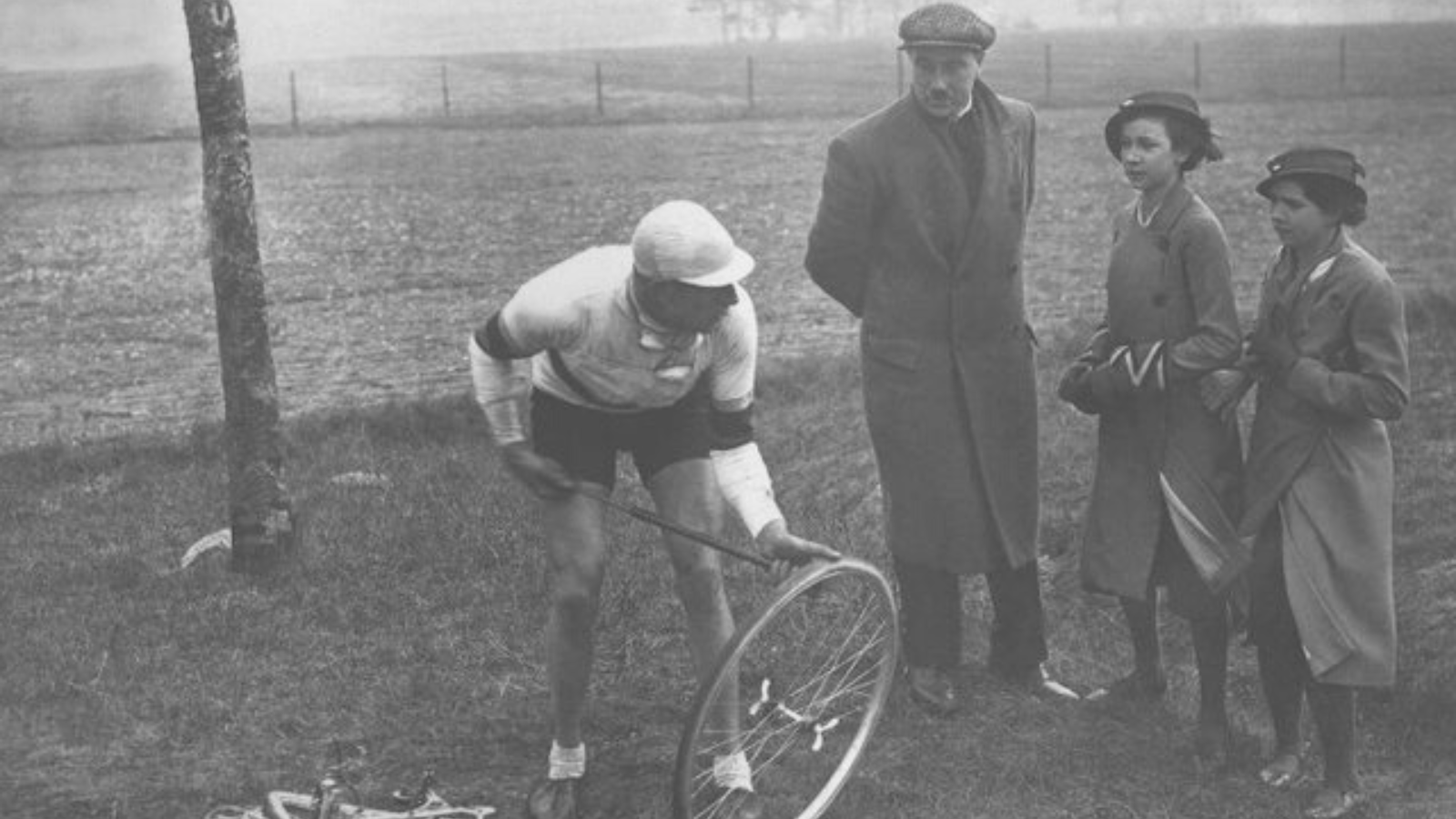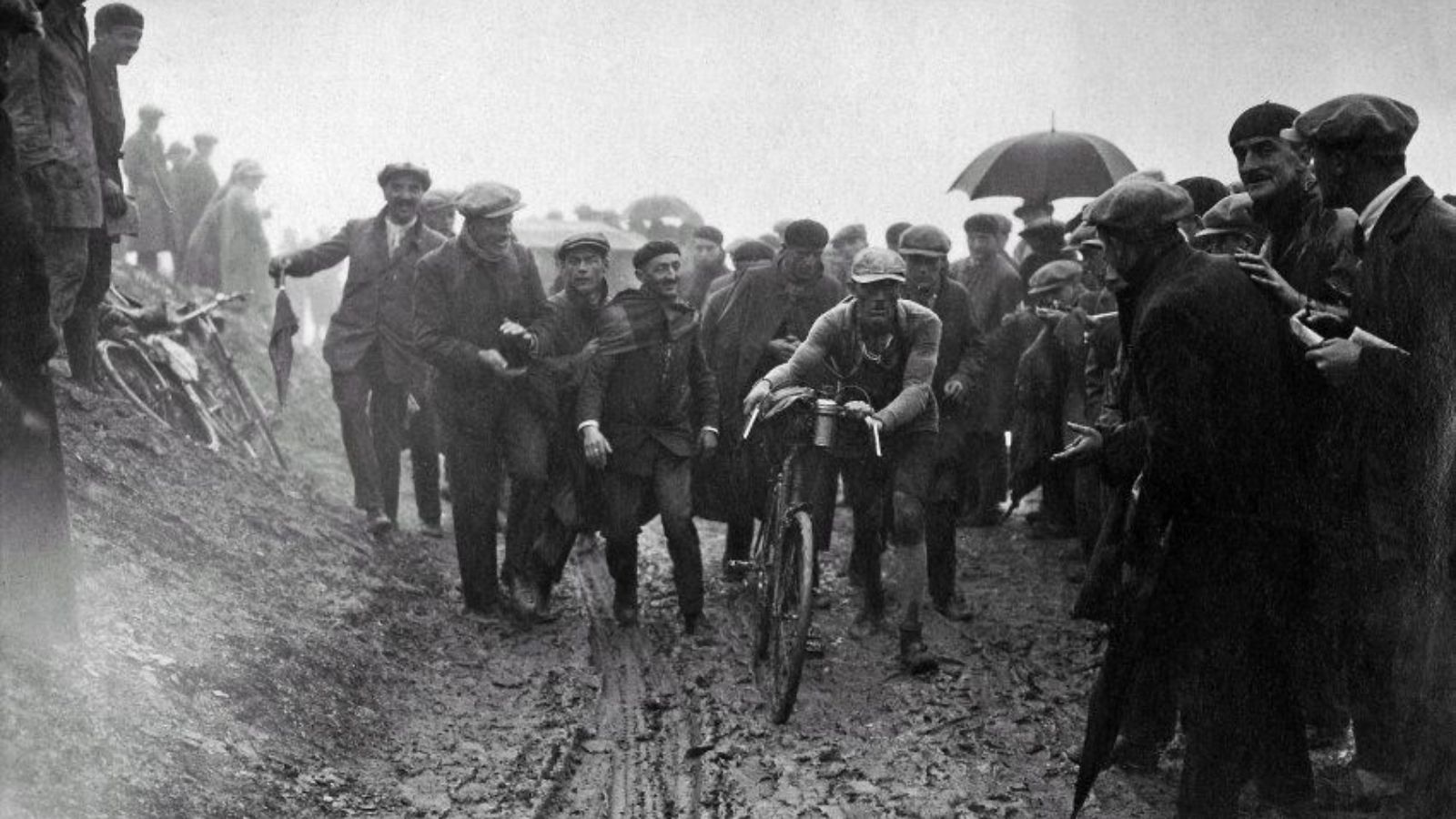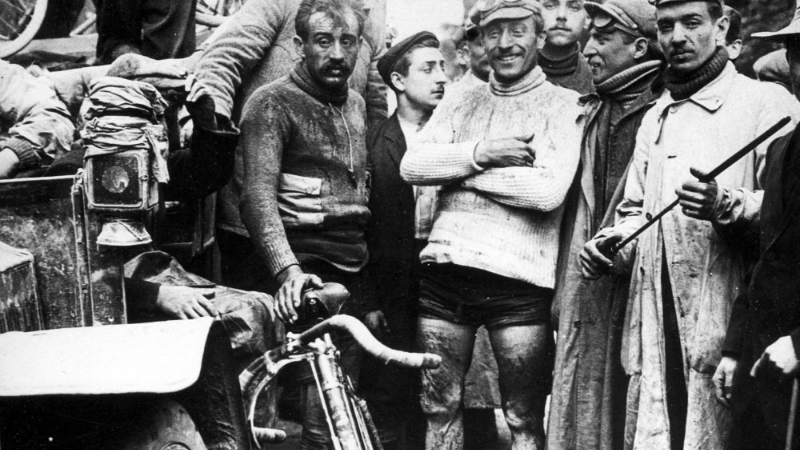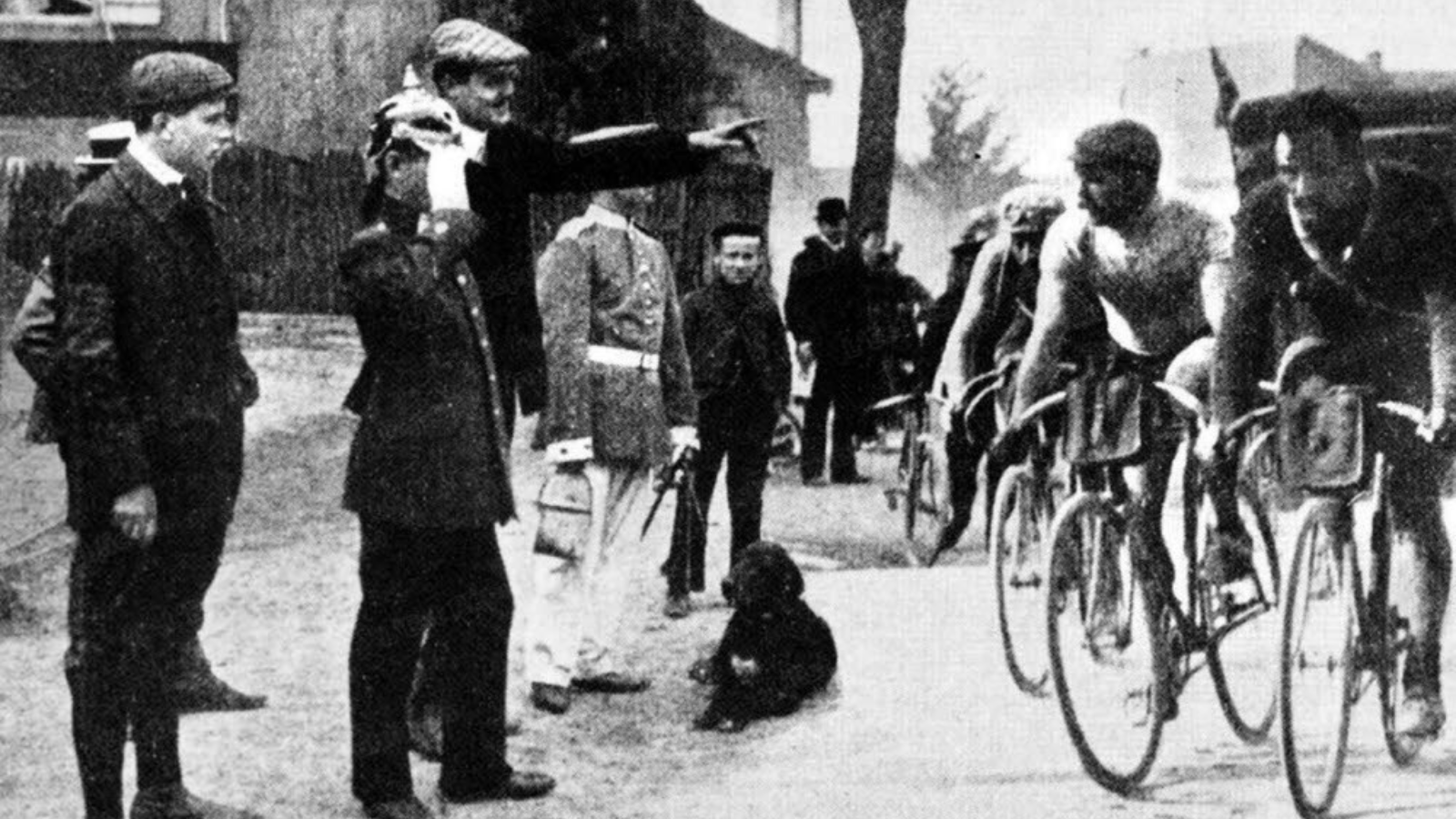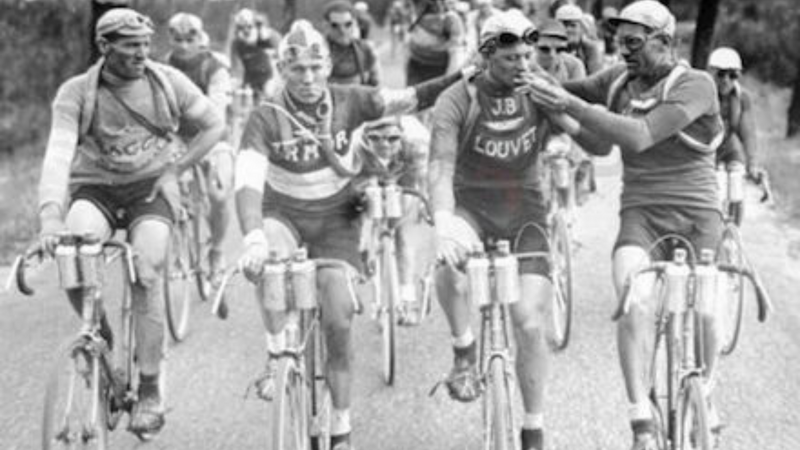Welcome to PelotonTales blog - a great place for great cycling stories. If you're interested in fascinating and sometimes unbelievable, but rather shorter ( we're living in the 21st century, after all) stories from the past of this sport, you're in the right place.
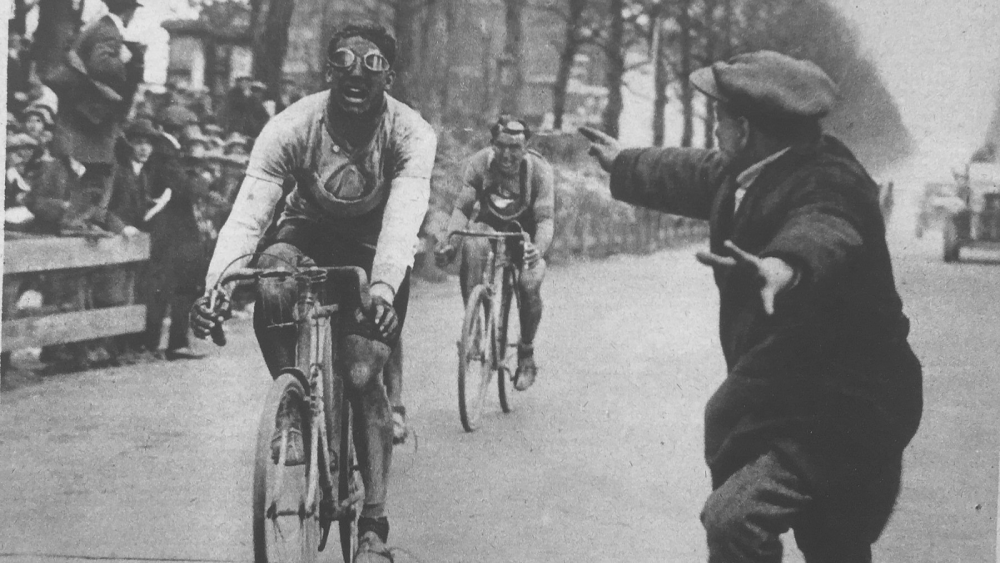
A welcome from the author
My name is Anita Pethő (or, if you're unable to see the unique Hungarian character at the end of my surname: Petho), I'm the creator of this website. I'm not from the world of sport, my original interest are culture, art, and creativity, but most of all storytelling. Novels, film, tv-series and theatre. Stories from and about the past. (But from a very 21st-centurian point of view.) So you might get an idea, what I'm looking for when it comes to road cycling histoy.
Nevertheless, my first encounter with road cyling was a very contemporary moment. I happened to watch, totally accidentally,
when Marco Pantani won the stage up to Alpe d'Huez
at the Tour de France in 1997. This looks fun, I thought, I migh watch the race also on the next day. And that is exactly what happened on the next day. And sice then on many other days.
But the idea of writing about cycling came many years later, in 2009, when I started my TOURázzunk együtt [Let's follow the Tour together] blog. I've already had some success with my bookish blogs, and I was curious what kind of content would be worth to create about road cycling, a sport followed by a relatively small community in Hungary in those days. It went quite well, I've even published a book about road cycling in 2017.
In the last few years I went through (well, actually it's still on) an intellectual-professional crisis: I'm feeling myself betrayed by my own mother language. It's a long story and little to do with the topic of this blog, only that I started creating content in English in 2019. My priorities were, of course, fictional and non-fictional storytelling, history and period dramas.
But there was a little problem. I, who used to publish book reviews and essays in the most respected Hungarian newspapers and literary magazines, felt frustrated by the fact, that my English writing skills are not on that level I whish it would be.
And suddenly, PelotonTales was born.
An ideal playground to improve my English writing skills by creating rather shorter content about unbelievable stories and fascinating fun facts from the history of road cycling races. I'm constantly revisiting my older posts (also, frequently rewriting your older content is good for SEO, the experts used to say) , and I'm glad I can see the improvement.
What is past?
It's time to talk about what kind of content you'll find on PelotonTales, right?
Here is a strange thing. Mentioning the word "past" evokes different imaginations from different people. I used to work with fictional stories written about events predominantly from the time period between the 15th and 19th centuries.
Writing about road cycling stories from the first half of the 20th century seems to me quite close to our present.
No wonder that the content of PelotonTales is more about this time period than about the second half of the last century. As it comes closer and closer to the present, it seems less and less interesting to me.
I'm aware that it totally contradicts the current trends. I can see by using social media, that when it comes to road cycling history, most people are interested in the time period between the 1970s and 1990s. On the most popular accounts focusing on the past of road cycling, history begins with Eddy Merckx and his time practically. Even on my social media accounts posts (sometimes only a picture, nothing more) about Merckx or Bernard Hinault are far more popular, gain far more engagements than any unique story from the early years of Tour de France. People love past and history, but are getting a bit unconfortable, when it's about time period they have no personal connection.
My brain works differently. The less connection a story from the past has with our time, the more interesting it is to me. Thus it would be more correct to say:
welcome to PelotonTales, the blog about road cycling history mostly from the first half of the 20th century.
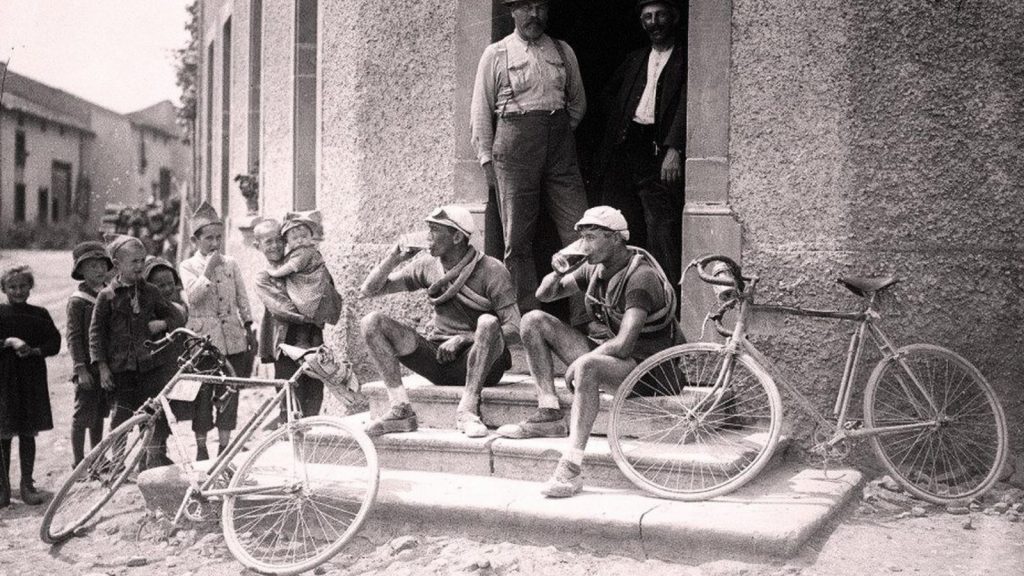
(Of course, if you want to read some posts about Eddy Merckx, Bernard Hinault, Laurent Fignon, or Greg Lemond, you'll find plenty of them too.)
Welcome to the "upgraded" PelotonTales
The great thing with creating online content that the internet is a place where everything is always changing around you and you too have to re-think your place in the world, your aims and priorities frequently.
Meanwhile the main site of PelotonTales continues to be the headquarter of fascinating stories and unvelievable fun facts, I opened some new doors.
On my Patreon page I try to find a grip on such cultural phenomena like nostaliga or the cultural/social history of road cycling. There are more theoretical stuff there. Also it shows road cycling history from a wider context. I choose these topics to reach not only readers from the world of road cycling races, but also those ones who are following my online activities related to the genre of historical fiction.
Cycling season 2024 is another kind of project. Recently I've realised that while delving into road cycling history I've lost touch with the most recent cycling events a bit. To re-gain my knowledge about the current peloton, I started this mini-project focusing on road cycling races durint the season of 2024. You're welcome to see where I would go on my journey.
Also, you might notice, that from time to time I share historical fun fact and other short informations about history or historical fiction. This is part of my attempt to bring the many fields of my interest a bit more closer.
PLEASE SUPPORT PELOTONTALES BLOG
If you like my posts about road cycling, would you like to consider a small one-time donation? Even such small sums like 5$ or 10$ would make me feel that you really appreciate what I'm trying to achieve with this little blog.
Thank you!
Where to start with PelotonTales?
With several hundreds posts, PelotonTales blog offers a lot of content about road cycling history and other vintage cycling stuff. If you are not sure wher to start to discover the blog, please let me recommend you some topics with the latest of its posts.
Scroll down to discover more!
FACES FROM THE PELOTON
Faces from the peloton: Olimpio Bizzi (1916-1976)
The youngest Giro-stage winner ever, Olimpio Bizzi (1916-1976) was active as professional cyclist between 1936 and 1952. Practically, he was racing in the shadow of the greatest generation of Italian cyclists, including Learco Guerra, Gino Bartali, Fausto Coppi, or Giorenzo Magni Nevertheless, Bizzi had his own successes during his career. Besides some minor one-day race … Read more
Cyrille Van Hauwaert (Faces from the peloton)
Cyrille Van Hauwaert (1883-1974) was one of the most successful Belgian cyclist in the pre -WW1 era. His story began like a folktale. The big and strong Flemish farm boy, who didn’t speak French arrived in the office of the La Française team’s directeur sportif, Pierre Pierrard two days before Paris-Roubaix in 1907. Van Hauwaert … Read more
Faces from the peloton: Victor Fontan (1892-1982)
A cyclist running while carrying his bike on his shoulder. Surely, you’ve seen this vintage cycling image several times. Now it’s time to learn a bit more about the protagonist of the picture. Victor Fontan (1892-1982) in the Faces from the peloton series of PelotonTales blog. A local rider World War I (as did World … Read more
CYCLING FUN FACTS
The youngest and the oldest Giro d’Italia stage winners
Olimpio Bizzi is the younges stage winner ever with19 years and 229 days.He won the 8th stage at Giro d’Italia 1936.Mark Cavendish was38 years and 7 daysold, when he crossed the finish line first in the last stage of Giro d’Italia 2023.
Double winners of Ronde van Vlaanderen and Paris-Roubaix
Winners of both Ronde van Vlaanderen and Paris-Roubaix in the same year: Henri Suter 1923 Romain Gijssels 1932 Gaston Rebry 1934 Raymond Impanis 1954 Fred De Bruyne 1957 Rik Van Looy 1962 Roger De Vlaeminck 1977 Peter van Petegem 2003 Tom Boonen 2005 Fabian Cancellara 2010 Tom Boonen Belgium 2012 Fabian Cancellara 2013 Mathieu van … Read more
The slowest and the fastest Tour de France
You might wonder which Tour de France edition was the slowest and wich. one the fastest. Here you have the answer.The slowest Tour de Francewas the 13th edition, held between 29th June and 27 July in 1919. The 5560 km long route of the race was divided into 15 stages. (And it wasn’t even the … Read more
POPULAR VINTAGE CYCLING IMAGES
The grumpy cyclist with the broken bicycle – Giusto Cerutti at Tour de France 1928
Giusto Cerutti (1903-1993) had at least one bad day at the Tour de France in 1928.We don’t know much about the grumpy cyclist with the broken bicycle. But one thing is sure, he is the unlucky (anti)hero of one of the most searched vintage cycling images on the internet.According to ProCyclingStats, Cerutti abandoned the race … Read more
Climbing Col d’Allos at Tour de France 1914 -Vintage cycling image of the day
Tour de France 1914 started on the same day, 28th June, as the Austro-Hungarian Archduke Franz Ferdinand and his wife, Sophie, Duchess of Hohenberg were assassinated in Sarajevo. When the riders lined up in the middle of the nigh for the start of the first stage in Paris, they knew nothing about that this day … Read more
Georges Speicher at Paris-Roubaix 1935
Although Paris-Roubaix in 1936 was more important in the career of Tour de France winner (1933) cyclist Georges Speicher, one of the most popular funny vintage cycling images from the good old days of road cycling was taken one year earlier.Georges Speicher (1907-1978) was a French rider, the first cyclist who won Tour de France … Read more
ROAD CYCLING IN THE HIGH MOUNTAINS
The toughest Tour de France stage ever
The 10th stage of Tour de France 1926 is often dubbed as the toughest stage ever in the history of the race. The 326 km long route between Bayonne and Luchon on the 6th July 1926 went down in history also as one of the most chaotic ones thanks to the extreme weather conditions in … Read more
Climbing Col d’Allos at Tour de France 1914 -Vintage cycling image of the day
Tour de France 1914 started on the same day, 28th June, as the Austro-Hungarian Archduke Franz Ferdinand and his wife, Sophie, Duchess of Hohenberg were assassinated in Sarajevo. When the riders lined up in the middle of the nigh for the start of the first stage in Paris, they knew nothing about that this day … Read more
Cyclists meet a local inhabitant during Tour de France 1925
During the first few decades in the history of Tour de France, mountain routes were kind of “terrae incognitae”, uncharted territories. We all know the story when Alphonse Steniès persuaded Henri Desgrange to include Tourmalet in the program of Tour de France 1910. He was struggling even to find a car driver, a local guide … Read more
TOUR DE FRANCE BEFOR 1914
5 facts about Tour de France 1903
The first Tour de France started at 3 pm on the 1st of July in 1903 from the Café au Reveil Matin (Paris).
Climbing Col d’Allos at Tour de France 1914 -Vintage cycling image of the day
Tour de France 1914 started on the same day, 28th June, as the Austro-Hungarian Archduke Franz Ferdinand and his wife, Sophie, Duchess of Hohenberg were assassinated in Sarajevo. When the riders lined up in the middle of the nigh for the start of the first stage in Paris, they knew nothing about that this day … Read more
When Tour de France went abroad before 1914
Defining historical events of the 20th century often left their marks on road cycling history. Just think about, for istance, the impact of World War 1 on the mythology of some famous races, like Paris-Roubaix. The born of the famous phase of “Hell of the North” is a quite well known story among cycling fans. … Read more
TOUR DE FRANCE BETWEEN THE TWO WORLD WARS
Who were the smoking cyclists at Tour de France 1927
The smoking cyclists of Tour de France 1927 is one of the most famous vintage cycling images from the heydays of road cycling races. It’s popular because it conveys a certain aspect of the many differences between our time and the life hundred years ago. The dissonance between our 21st-centurian knowledge that smoking is very … Read more
Faces from the peloton: Victor Fontan (1892-1982)
A cyclist running while carrying his bike on his shoulder. Surely, you’ve seen this vintage cycling image several times. Now it’s time to learn a bit more about the protagonist of the picture. Victor Fontan (1892-1982) in the Faces from the peloton series of PelotonTales blog. A local rider World War I (as did World … Read more
The toughest Tour de France stage ever
The 10th stage of Tour de France 1926 is often dubbed as the toughest stage ever in the history of the race. The 326 km long route between Bayonne and Luchon on the 6th July 1926 went down in history also as one of the most chaotic ones thanks to the extreme weather conditions in … Read more
